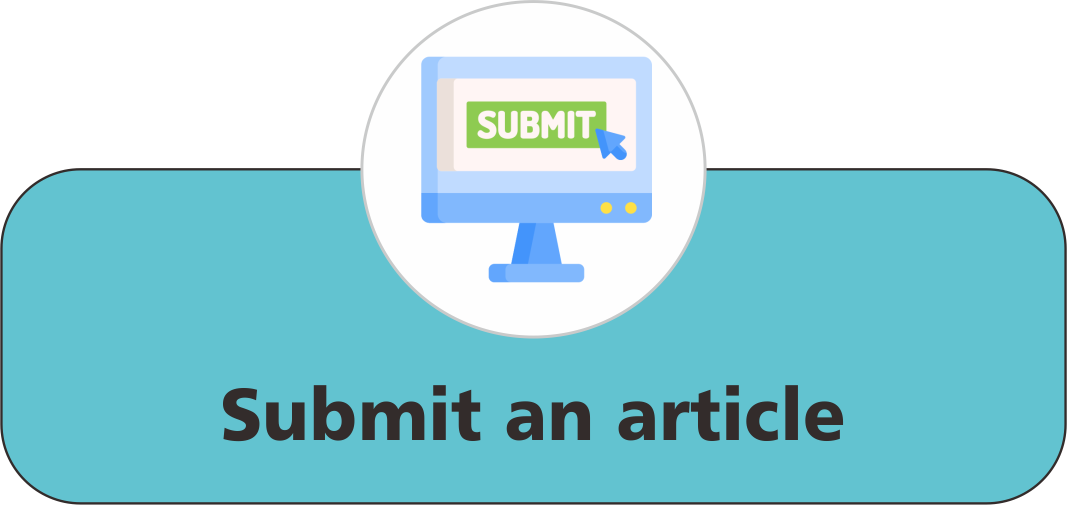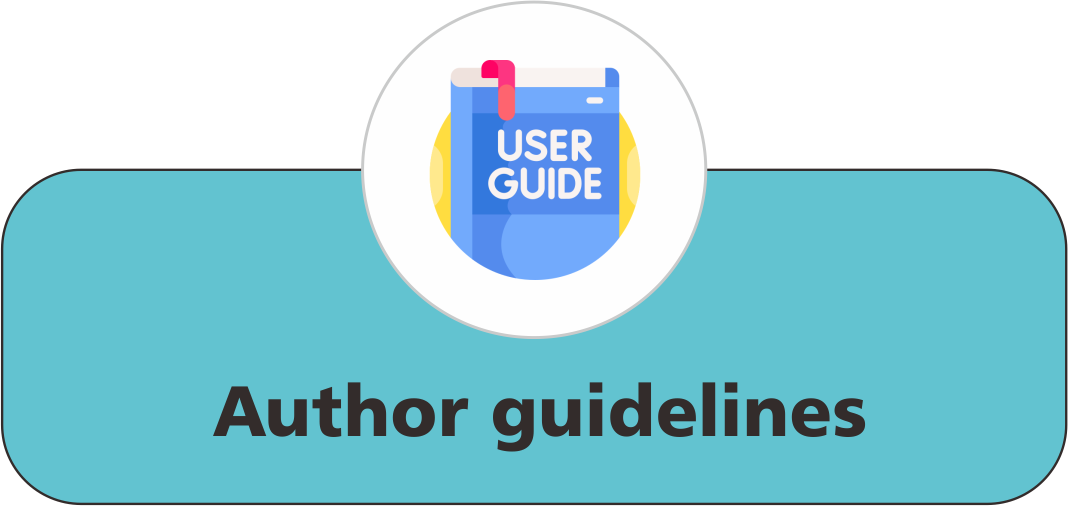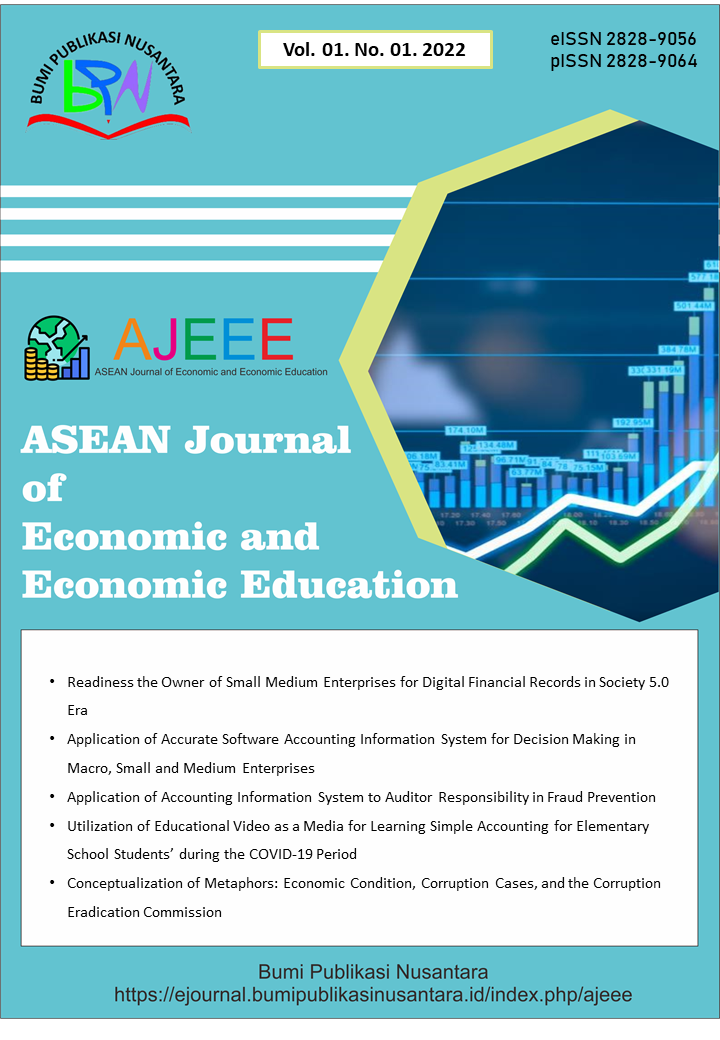Psychosocial Predictors of Organizational Commitment: A Quantitative Study among Workers in Nigeria
 ),
),
(1) Virginia Tech; University of Ibadan
 Corresponding Author
Corresponding Author
Abstract
Keywords
References
Adeoye, M.A., Jimoh, H.A., and Abdulkareem, H.B. (2023). Leadership and organizational cultural roles in promoting sustainable performance appraisal and job satisfaction among academic staff. ASEAN Journal of Economic and Economic Education, 2(2), 115-124.
Afifah, S., Mudzakir, A., and Nandiyanto, A.B.D. (2022). How to calculate paired sample t-test using SPSS software: From step-by-step processing for users to the practical examples in the analysis of the effect of application anti-fire bamboo teaching materials on student learning outcomes. Indonesian Journal of Teaching in Science, 2(1), 81-92.
Afolashade, I.S., Jimoh, A.M., Raji, N.A., Fowowe-Ogunmilugba, B.J., Oduola, O.Z., and Adewuyi, H.O. (2024). Emotional intelligence, job satisfaction, reward system and organizational commitment among workers. ASEAN Journal of Economic and Economic Education, 3(1), 45-60.
Allen, N. J., and Meyer, J. P. (1990). The measurement and antecedents of affective, continuance and normative commitment. Journal of Occupational Psychology, 63(1), 1–18.
Amin, M.R. (2024). Role of non-governmental organizations (NGOs) in disaster response and recovery efforts: An investigation in Bangladesh. ASEAN Journal of Community Service and Education, 3(1), 57-68.
Duffy, R. D., and Lent, R. W. (2009). Testing the social cognitive model of work satisfaction in a sample of teachers. Journal of Vocational Behavior, 75(2), 212–223.
Farh, J., Podsakoff, P. M., and Organ, D. W. (2000). Organizational citizenship behavior and contextual performance: The meaning for personnel selection research. Human Performance, 13(1), 1–27.
Fiandini, M., Nandiyanto, A.B.D., Al Husaeni, D.F., Al Husaeni, D.N., and Mushiban, M. (2024). How to calculate statistics for significant difference test using SPSS: Understanding students comprehension on the concept of steam engines as power plant. Indonesian Journal of Science and Technology, 9(1), 45-108.
Glushchenko, V.V.A. (2022). General theory of organizational behavior: An educational perspective. Indonesian Journal of Multidiciplinary Research, 2(2), 453-468.
Hassan, A.A., Abdulkareem, H.B., and Sanni, R.F. (2023). Efficacy of performance management on organizational commitment to serve police personnel. Indonesian Journal of Multidiciplinary Research, 3(1), 145-152.
Imaniyati, N., Ratnasari, C.D., and Adman, A. (2025). Enhancing job satisfaction through human resource information systems and communication: A commitment-based approach to achieve Sustainable Development Goals (SDGs) in education-oriented organizations. ASEAN Journal of Educational Research and Technology, 4(2), 237-254.
Kalandarovna, A.G., and Qizi, A.M.A. (2023). Development and increase of competitiveness of the organization. ASEAN Journal of Educational Research and Technology, 2(3), 265-274.
Lopes, P. N., Grewal, D., Kadis, J., Gall, M., and Salovey, P. (2006). Evidence that emotional intelligence is related to job performance and affect and attitudes at work. Psicothema, 18, 132–138.
Nailalmarom, A., Anwar, R.K., and Rukmana, E.N. (2025). Ethnographic study: Implementation of digital knowledge management in the student organization in higher education. Indonesian Journal of Multidiciplinary Research, 5(1), 149-164.
Olajide, A. (2000). Performance and motivation in organizations. Nigeria Journal of Industrial Relations, 1(1), 45–54.
Rahayu, N.I., Muktiarni, M., and Hidayat, Y. (2024). An application of statistical testing: A guide to basic parametric statistics in educational research using SPSS. ASEAN Journal of Science and Engineering, 4(3), 569-582.
Saodat, O. (2023). Organization of extracurricular physical education at school and its role in the physical and mental improvement of students. Indonesian Journal of Community and Special Needs Education, 3(1), 73-84.
Schwarzer, R., and Hallum, S. (2008). Perceived teacher self-efficacy as a predictor of job stress and burnout: Mediation analyses. Applied Psychology, 57, 152–171.
Shittu, A., and Lasisi, A.K. (2023). Influence of motivational style in enhancing job productivity in industrial organizations. ASEAN Journal of Economic and Economic Education, 2(2), 139-144.
Skaalvik, E. M., and Skaalvik, S. (2010). Teacher self-efficacy and teacher burnout: A study of relations. Teaching and Teacher Education, 26(4), 1059–1069.
Article Metrics
Abstract View : 212 times
: 212 times Download : 89 times
Download : 89 times
Refbacks
- There are currently no refbacks.
Copyright (c) 2025 Bumi Publikasi Nusantara

This work is licensed under a Creative Commons Attribution-ShareAlike 4.0 International License.



_publication_ethics1.png)



